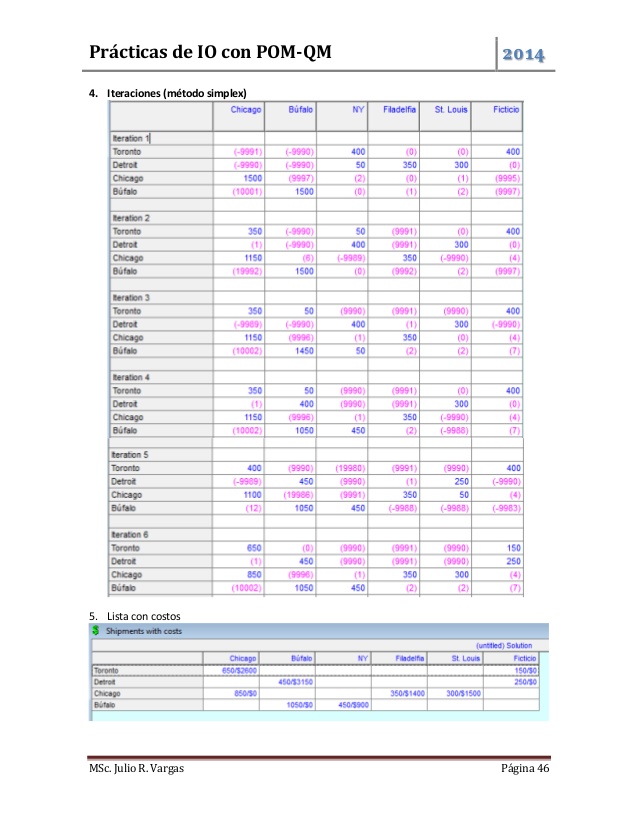

Their main advantage compared with conventional exploration techniques is that they are relatively cheap and are of low environmental impact. In the drive to discover new ore deposits, there have been many recent attempts to develop whole-rock and mineral geochemical indicators to assess whether certain magmatic systems may be significantly mineralised, or ‘fertile’ 10. Their formation may require a series of specific conditions and events during the evolution of magmatic-hydrothermal systems.

Whilst such systems are arguably rather common, porphyry-, and particularly large porphyry-type deposits are extremely rare and increasingly difficult to find 7. Most form from hydrothermal fluids associated with large and long-lived calc-alkaline to slightly alkaline, water-rich and relatively oxidising trans-crustal magmatic systems, mainly in subduction-related settings e.g. Porphyry-type deposits provide more than 70% of global copper, around 95% of molybdenum and important amounts of gold (20%) and other metals 5.

The transition to new and green technologies is increasing the need for metals 1, 2 such as copper for which demand is forecast to increase by 140–350% from 2010 to 2050 3, 4. The rapid nature of the shift in ore-forming potential narrows the temporal-geochemical footprint of magmas associated with porphyry mineralisation and provides new constraints for exploration models. As the granites crystallised, late stage melts were intruded through the carapace as aplite dykes which contain traceable expressions of the porphyry deposit-forming fluids. We attribute this change to a shift from extraction of quartz monzodiorite and quartz monzonite magmas evolving in mid-crustal reservoirs, and that had relatively poor ore-forming potential, to extraction of volatile-rich granitic magmas from greater (~ 30 km) depths. We show that the magmas in the upper parts of the system (< 8 km) underwent a major and rapid change in chemistry over a period of < 200 kyrs that is coincident with the initiation of ore formation. To examine this paradigm, we have evaluated the timeframe and geochemical signatures of magmatism in a ~ 8 km palaeodepth cross-section through plutonic and volcanic rocks of the classic Yerington magmatic system, Nevada. The most widely accepted model for their formation requires that mantle-derived magmas undergo an increase in volatiles and ore-forming constituents in mid- to lower crustal reservoirs over millions of years, however, this is mostly based on observations from shallow, sporadically exposed parts of porphyry systems.

They typically form in subduction-related settings from large, long-lived magmatic systems. Porphyry-type deposits are a vital source of green technology metals such as copper and molybdenum.


 0 kommentar(er)
0 kommentar(er)
